Reunification of Germany was completed on 3rd of October, 1990, and as it was prepared, on 23rd of August the GDR Volkskammer officially stated the state’s will to access West Germany, and to accept Western laws as their own 30 years later, the situation in Germany isn’t that simple that it might seem. The division is still clearly visible in many statistics, covering things from wealth and welfare to opinion on free immigration. The notion that the East – it’s culture, heritage and everyday life of its citizens – had became invisible after the unification is persistent; the economical fall of former Eastern Germany after the unification is a factor as well. Ostalgie, nostalgia for the East, had been coined as a term covering not only Trabi adventure companies, but also growing sentiment of Ossis – former citizens of GDR, and residents of ex-GDR part of Germany – towards their former homeland that voluntarily ceased to exist. 30 years after the last Zersetzung – this time aimed towards the state itself – I’m interested in what remained of GDR heritage and identity of Eastern Germans after reunification of Germany, and what were the side effects of this process.
2019

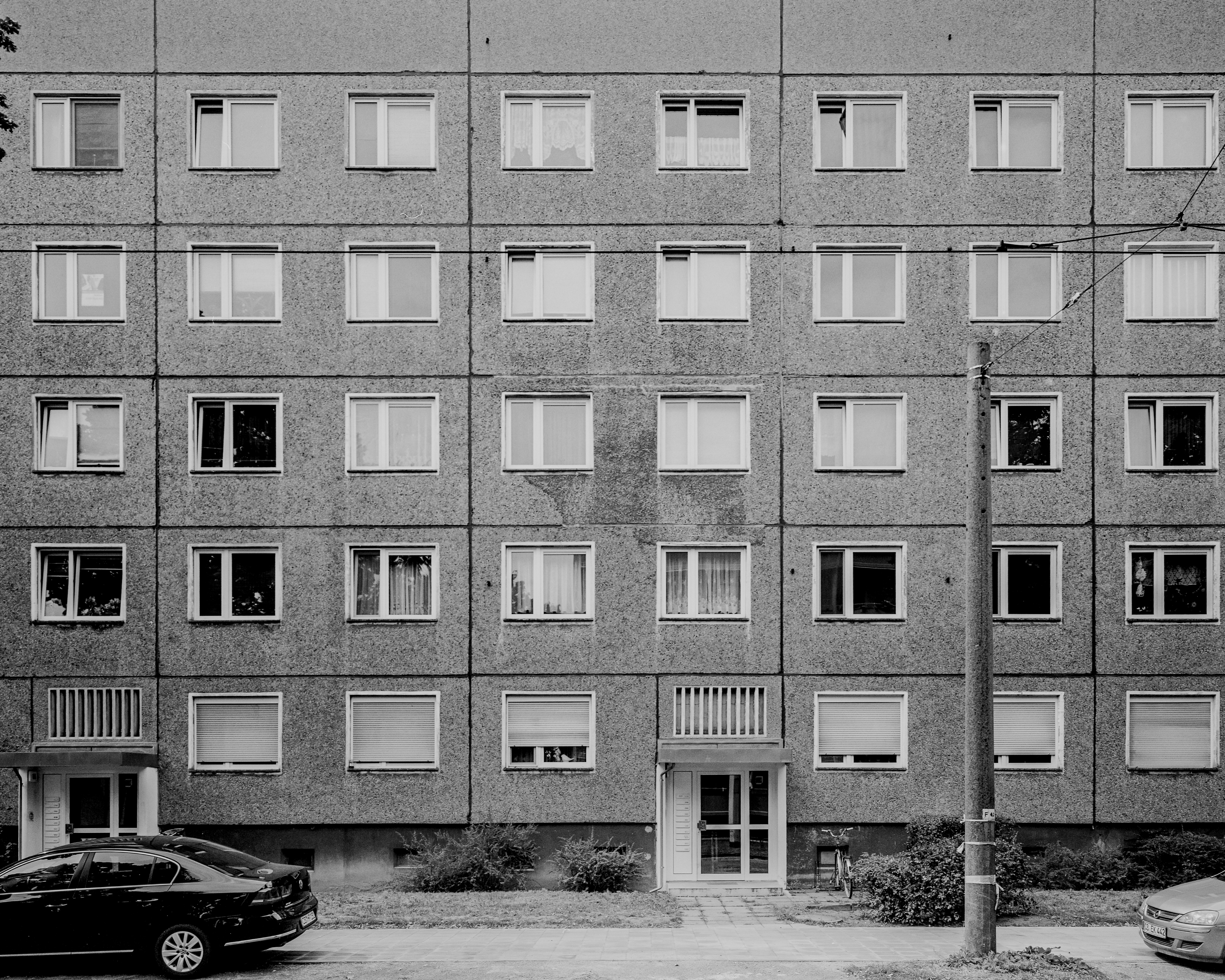
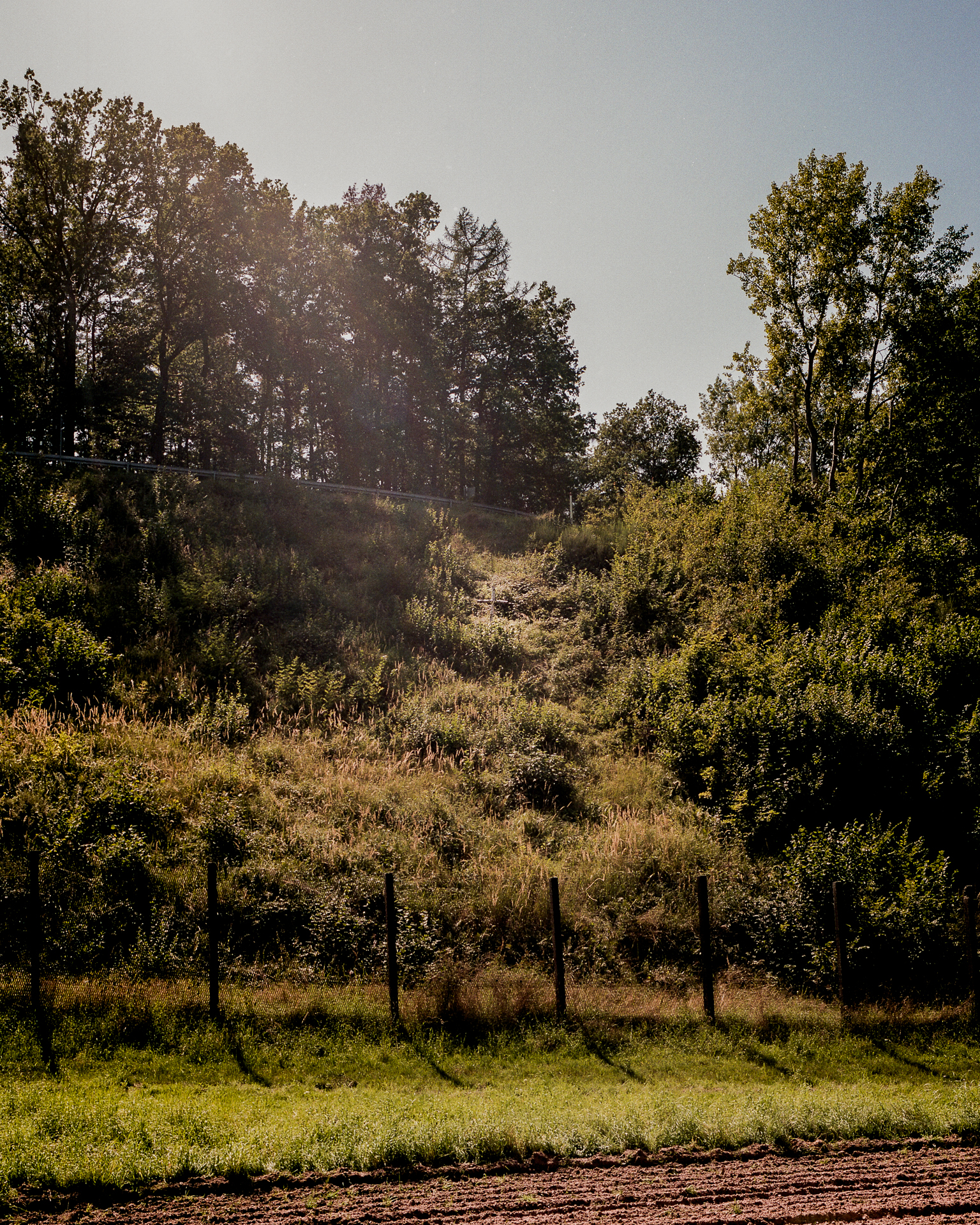
On 29 March, 1982 Heinz-Josef Große, a 34-year-old construction worker, was shot dead while trying to illegally cross the border between East and West Germany. He was working on reinforcing border fortifications in a control strip when he realized he was not being watched. He raised his excavator bucket and jumped over the fence. He was spotted during his escape by the guards of the East German side, and was shot with nine bullets from a Kalashnikov rifle. Today, there is a white commemorative cross in the spot where he fell and bled to death.
He only had a few meters left to the territory of West Germany.
He only had a few meters left to the territory of West Germany.
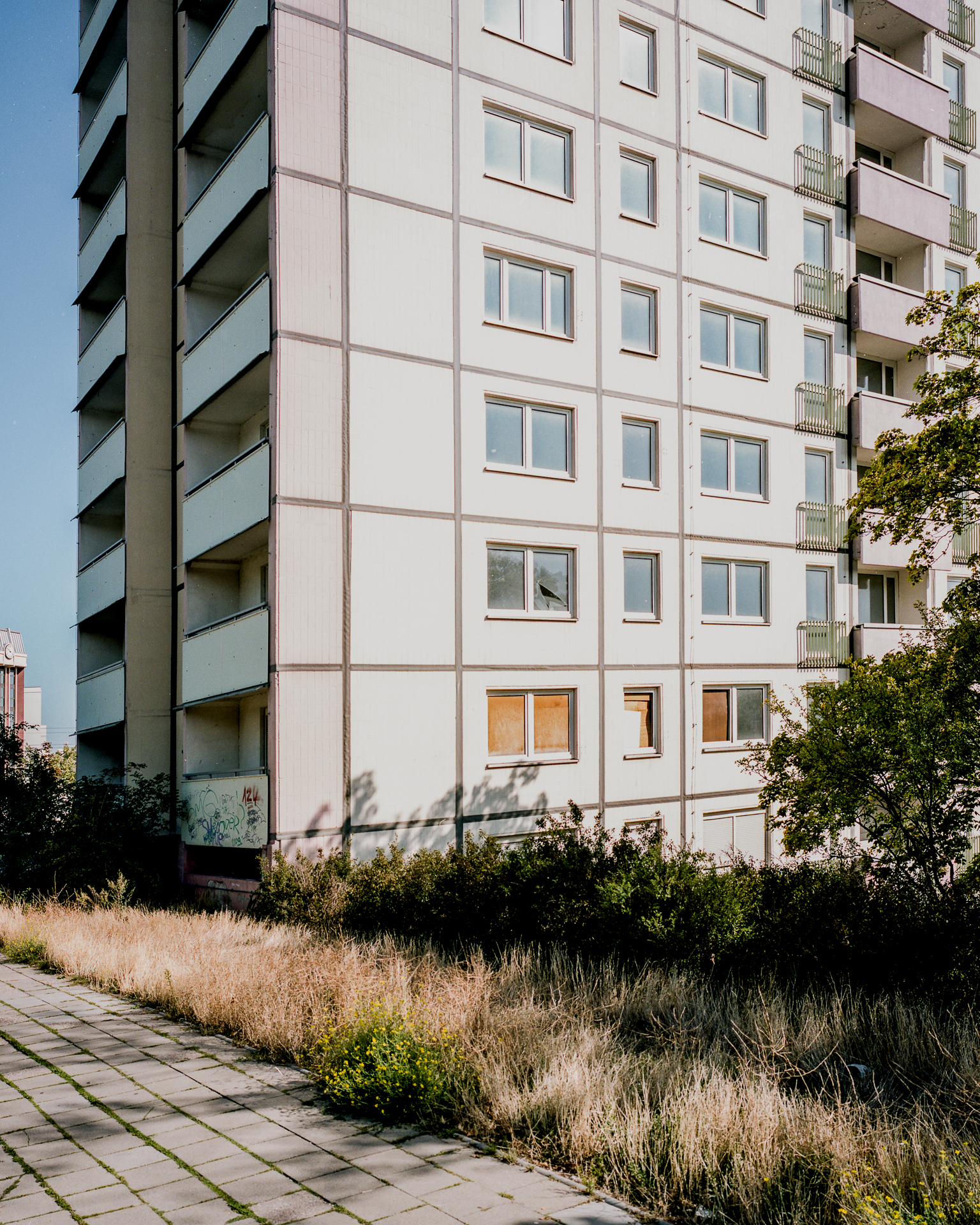

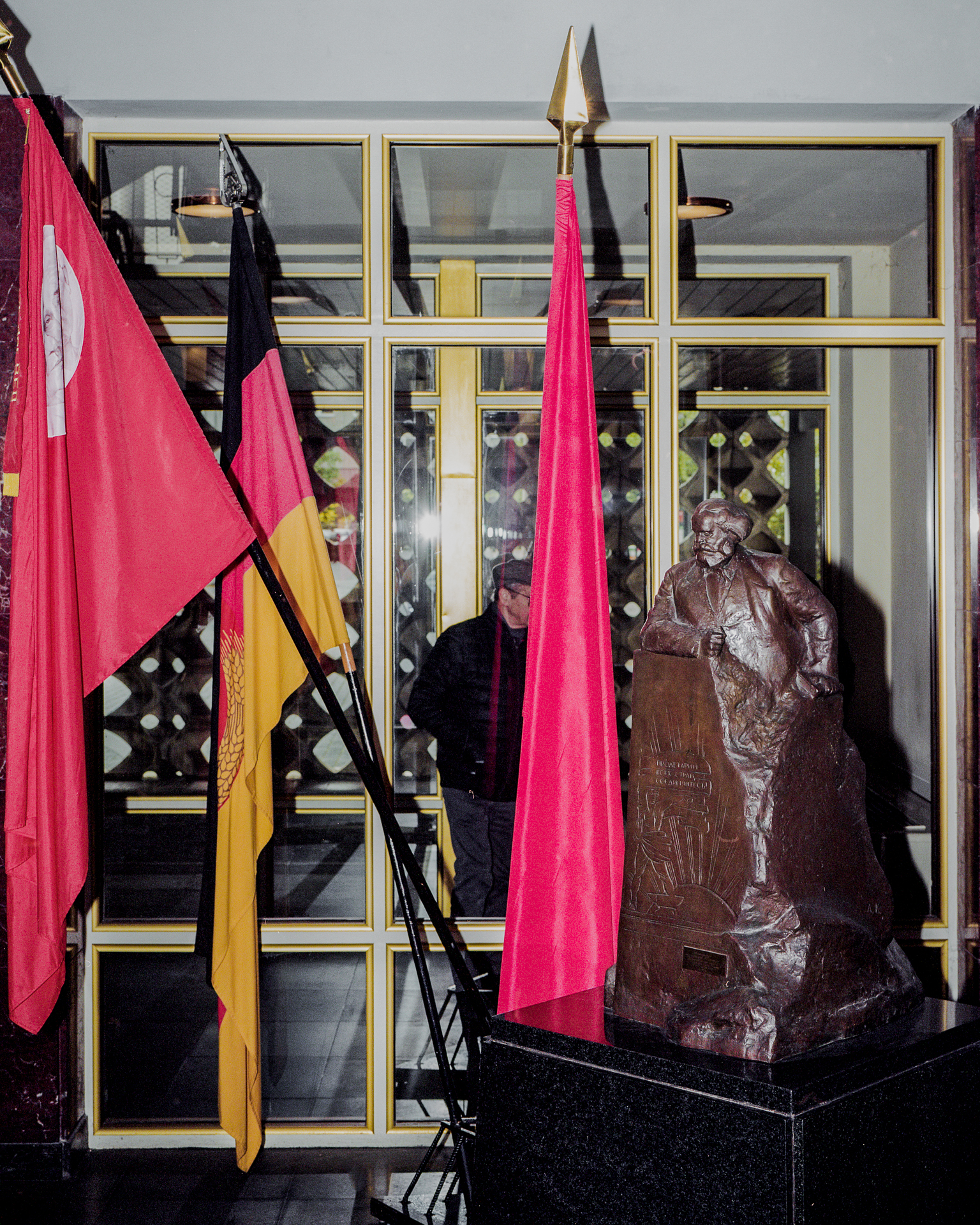
On 9th of November, 1989, a man named Günter Schabowski had been tasked with presenting new
border policies of German Democratic Republic.
However, being late for conference, he made a small
mistake that led to a chain of events. Borders between East and West Germany opened, the Berlin
Wall started to crumble. Unification of Germany
was complected almost a year later, on 3rd of October, 1990, and as it was prepared, on 23th of August
the GDR Volkskammer oficially stated the state’s
will to access West Germany, and to acctept Western laws as their own.



After unification, that is after 1990, no one in Eastern Germany wanted to ride a Trabant and no one wanted to have an East German Shepherd. Everyone wanted to ride a Golf and have a dog from the West, so for many years you couldn’t sell puppies, nobody wanted them. Then people saw that Western Shepherds were sick, but they noticed it too late.
East German Shepherd was a breeding line of German Shepherd, created after the division of Germany. Unlike their Western counterparts, Eastern Shepherds were tougher, bigger – and free of hip dysplasia, which is the biggest disease of this breed.
After the reunification of Germany, Eastern breeders had to either add their dogs to the genetic lines from the West or close down their business – the East German Shepherd Dog as a separate breed of dog formally ceased to exist. Now, there’s about ten breeders of DDR Shepherds.
East German Shepherd was a breeding line of German Shepherd, created after the division of Germany. Unlike their Western counterparts, Eastern Shepherds were tougher, bigger – and free of hip dysplasia, which is the biggest disease of this breed.
After the reunification of Germany, Eastern breeders had to either add their dogs to the genetic lines from the West or close down their business – the East German Shepherd Dog as a separate breed of dog formally ceased to exist. Now, there’s about ten breeders of DDR Shepherds.

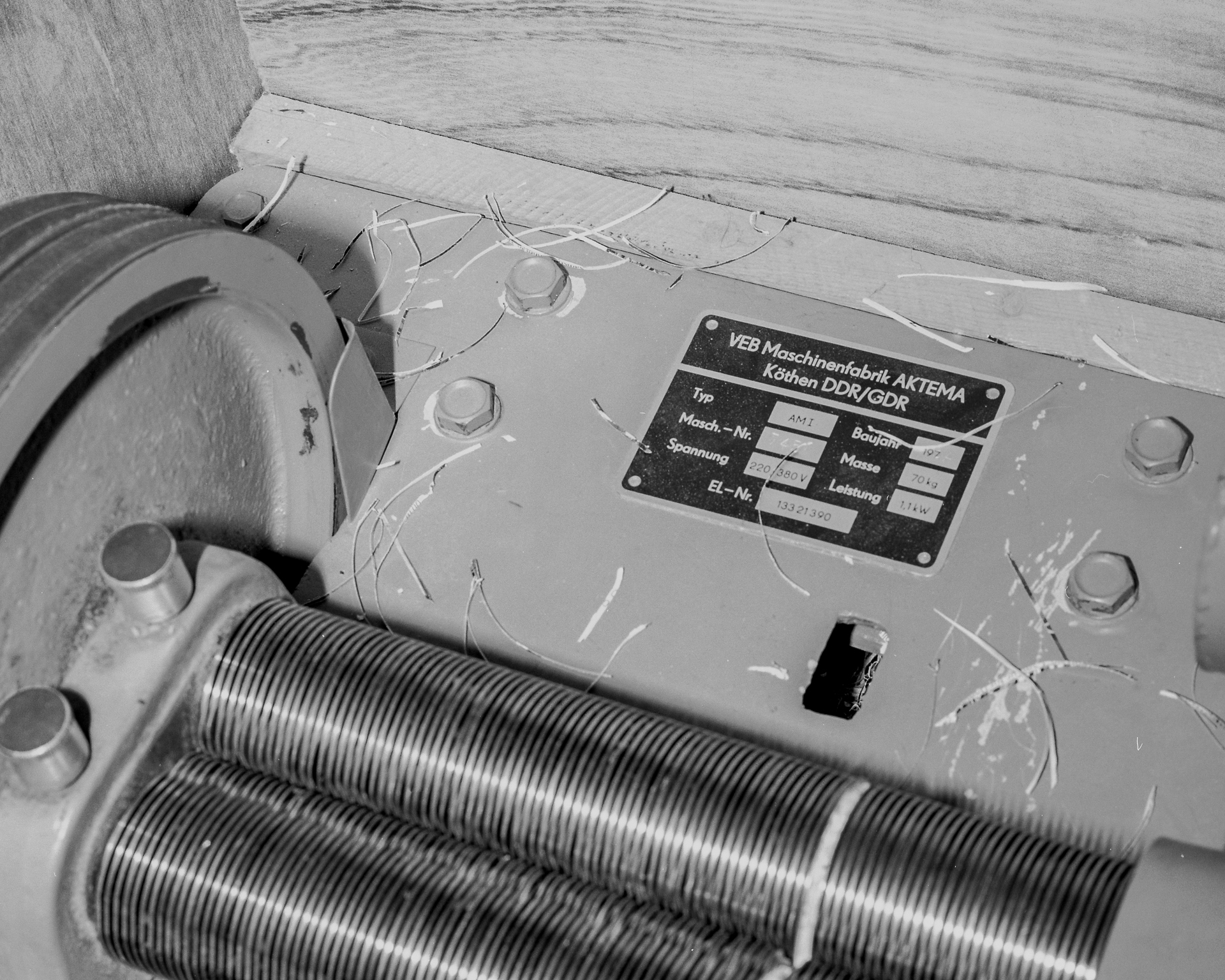
Houses on Mainzerstrasse in Berlin-Friedrichshain were emptied in the late 80’s, to prepare terrain for new Plattenbau houses. However, the project was stopped in November 1989, and in subsequent months after the fall of Berlin Wall, 13 of the empty houses were squatted. On 14 November 1990, all squats on Mainzerstrasse were evicted by police force in one of the most massive police operations in Berlin in the post-war period, inducing street battles lasting for days.

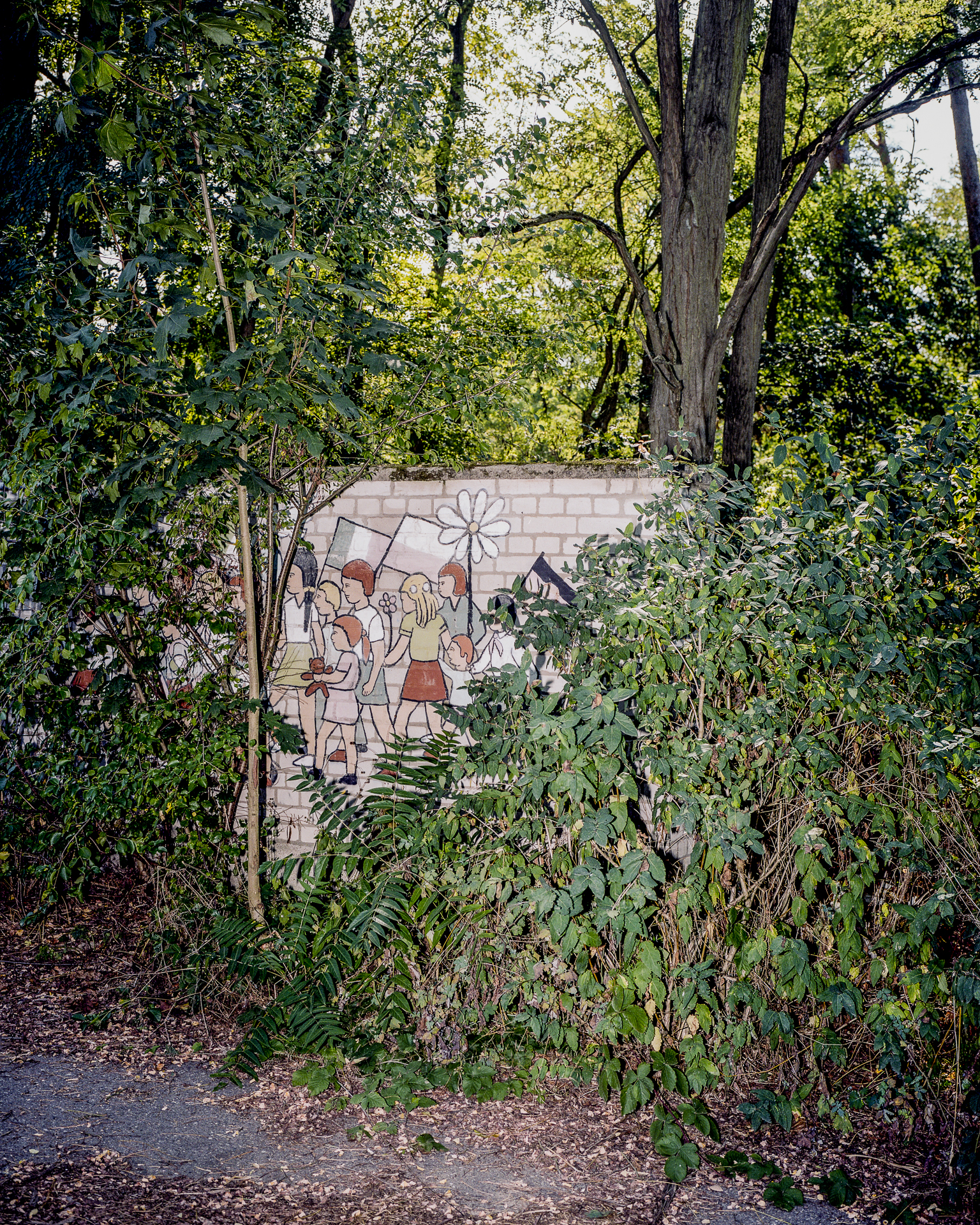
Former Pioneervillage in Templin.
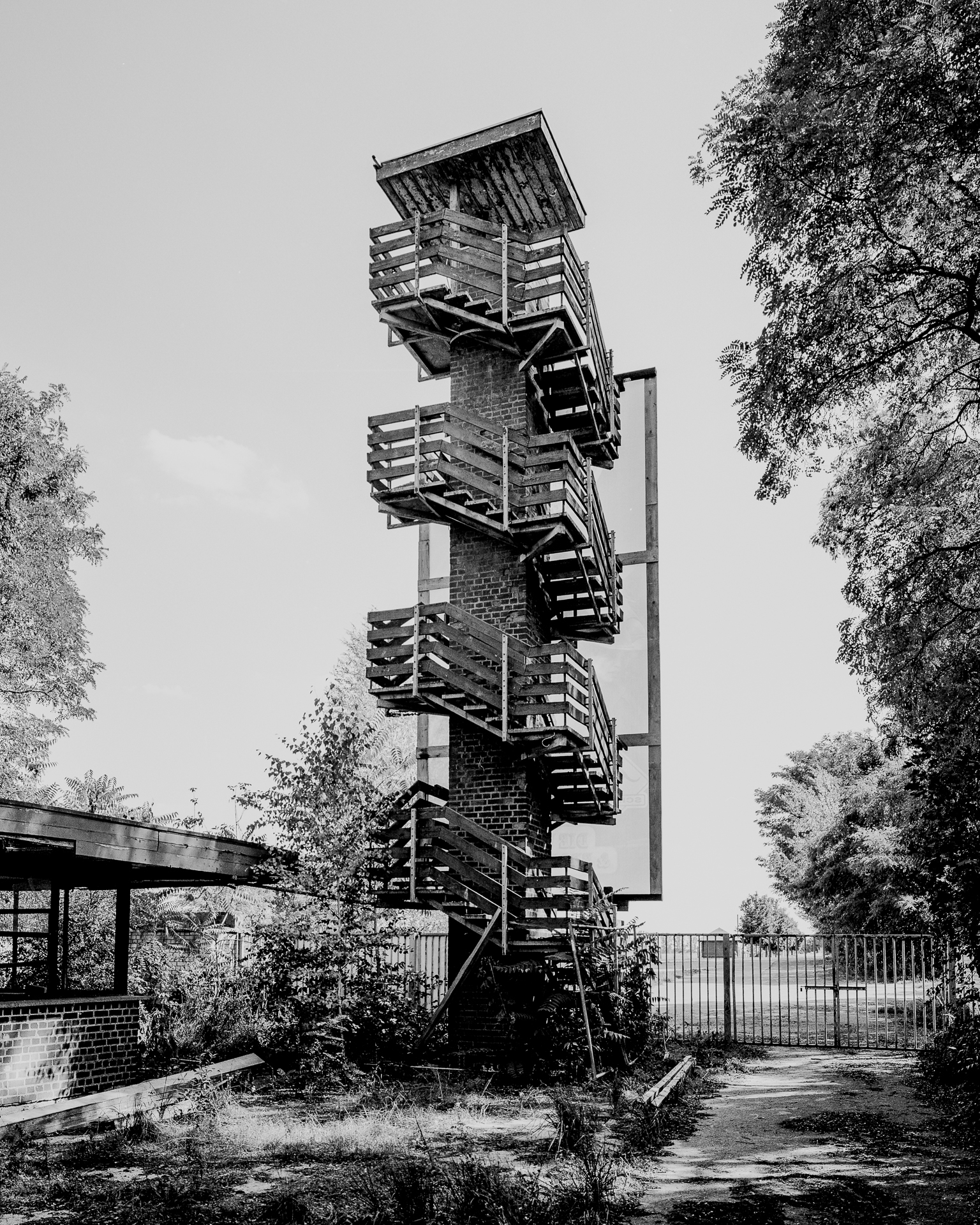
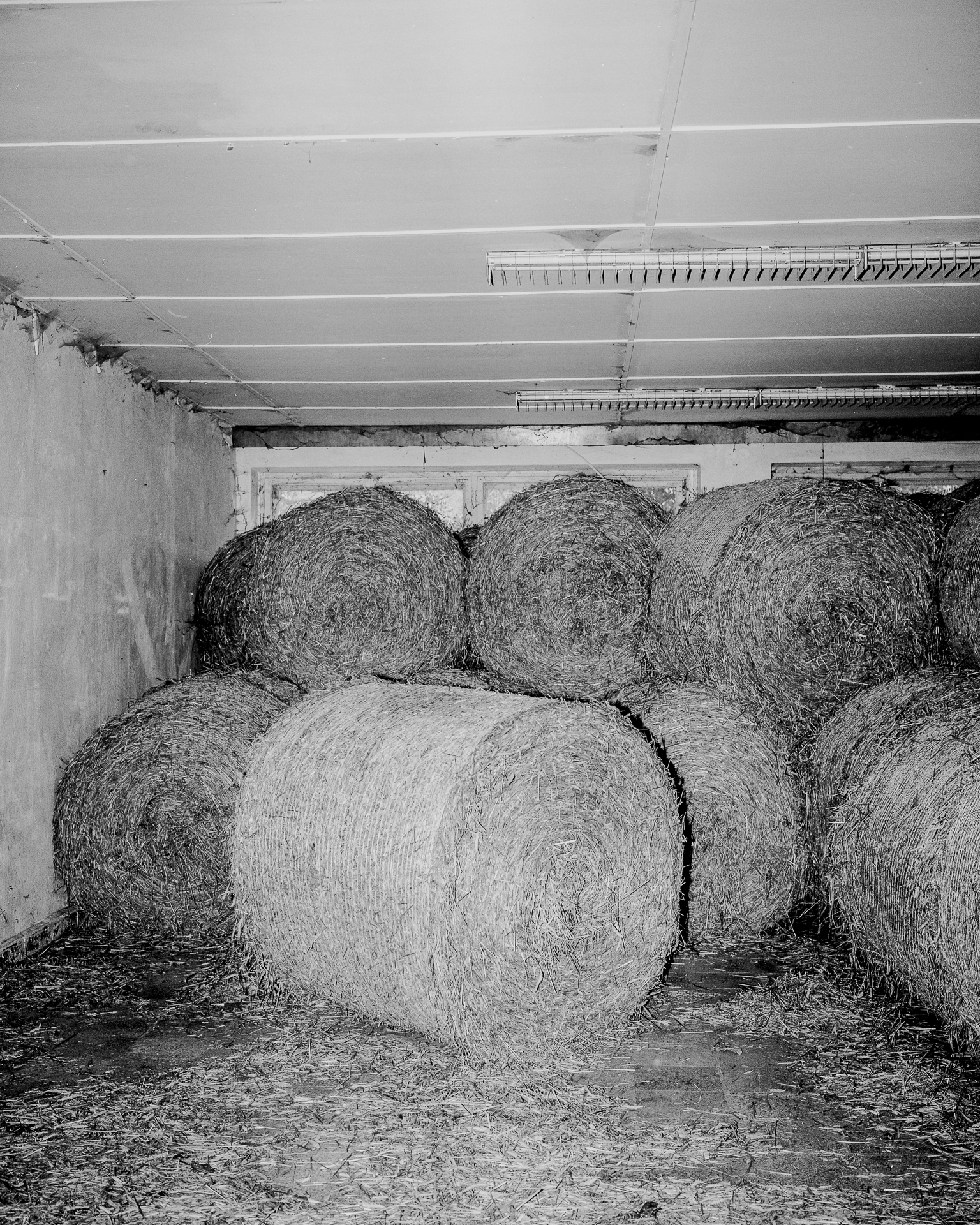


Thomas, owner of a motorcycle workshop specialising in Simson and IFA motorbikes made in GDR, located right on former intra-German border.
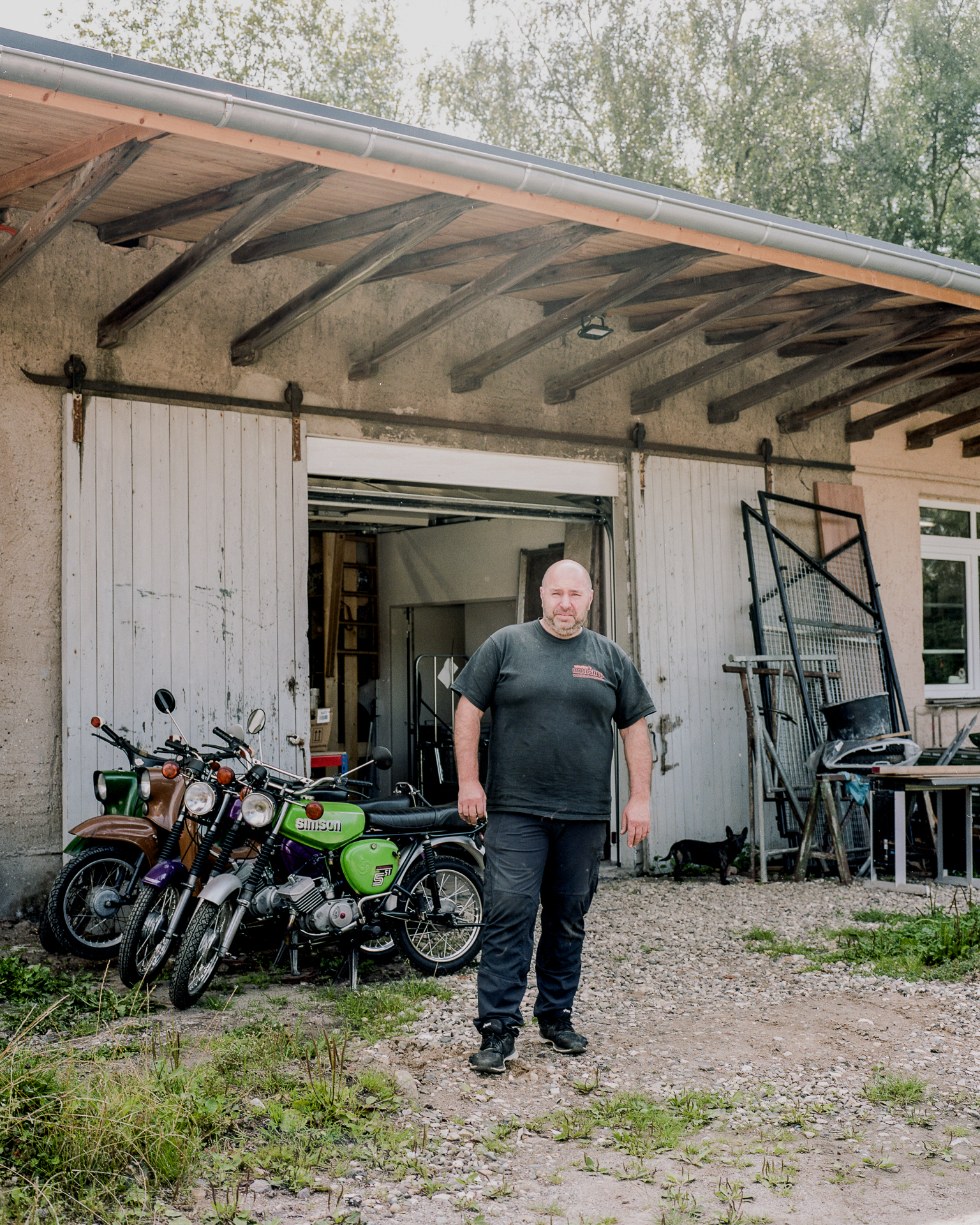
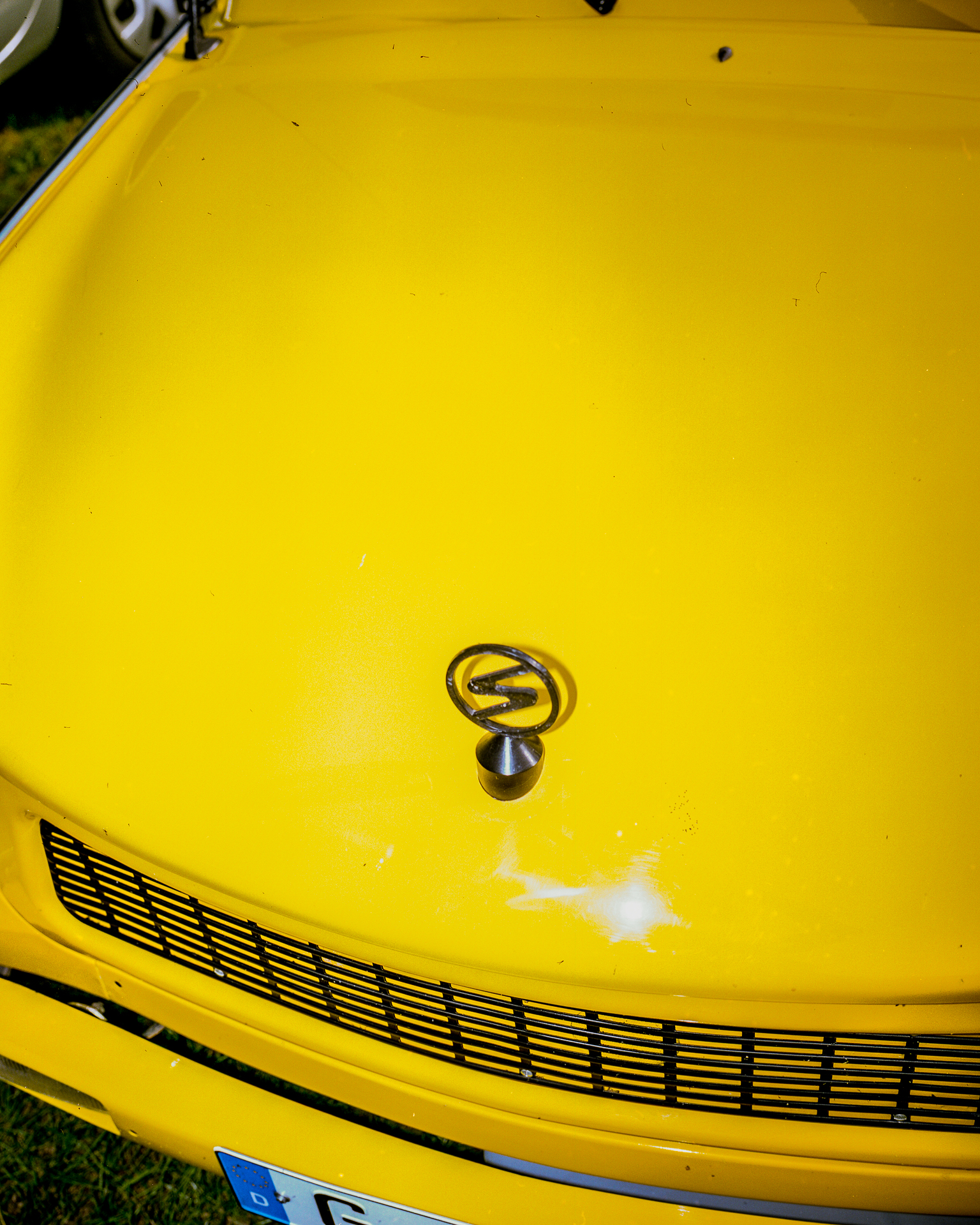

Wikipedia lists 22 currently active museums of former internal border between East and West Germany.



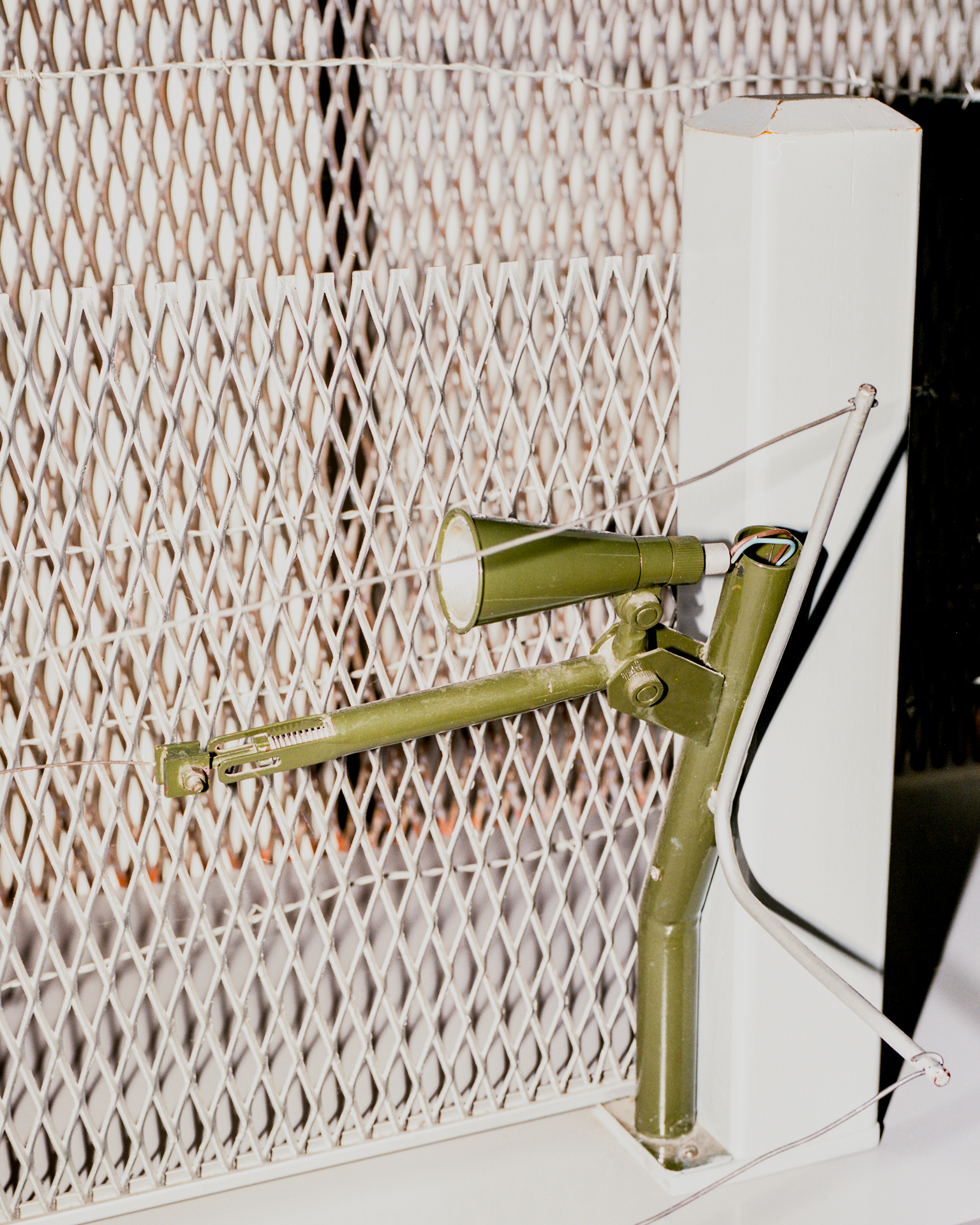
The intra-German border was equipped with SM-70 anti-personnel mines, resembling self-firing firearms. The order to open fire, Schießbefehl, was suspended in cases where the GDR government would have to explain its death at the border to visiting politicians from other countries. Erich Honecker, First Secretary, stated that “Firearms are to be ruthlessly used in the event of attempts to break through the border, and the comrades who have successfully used their firearms are to be commended.”
Pepole jumping over the fence to take part in the “30 years after the Wall fell down” party.
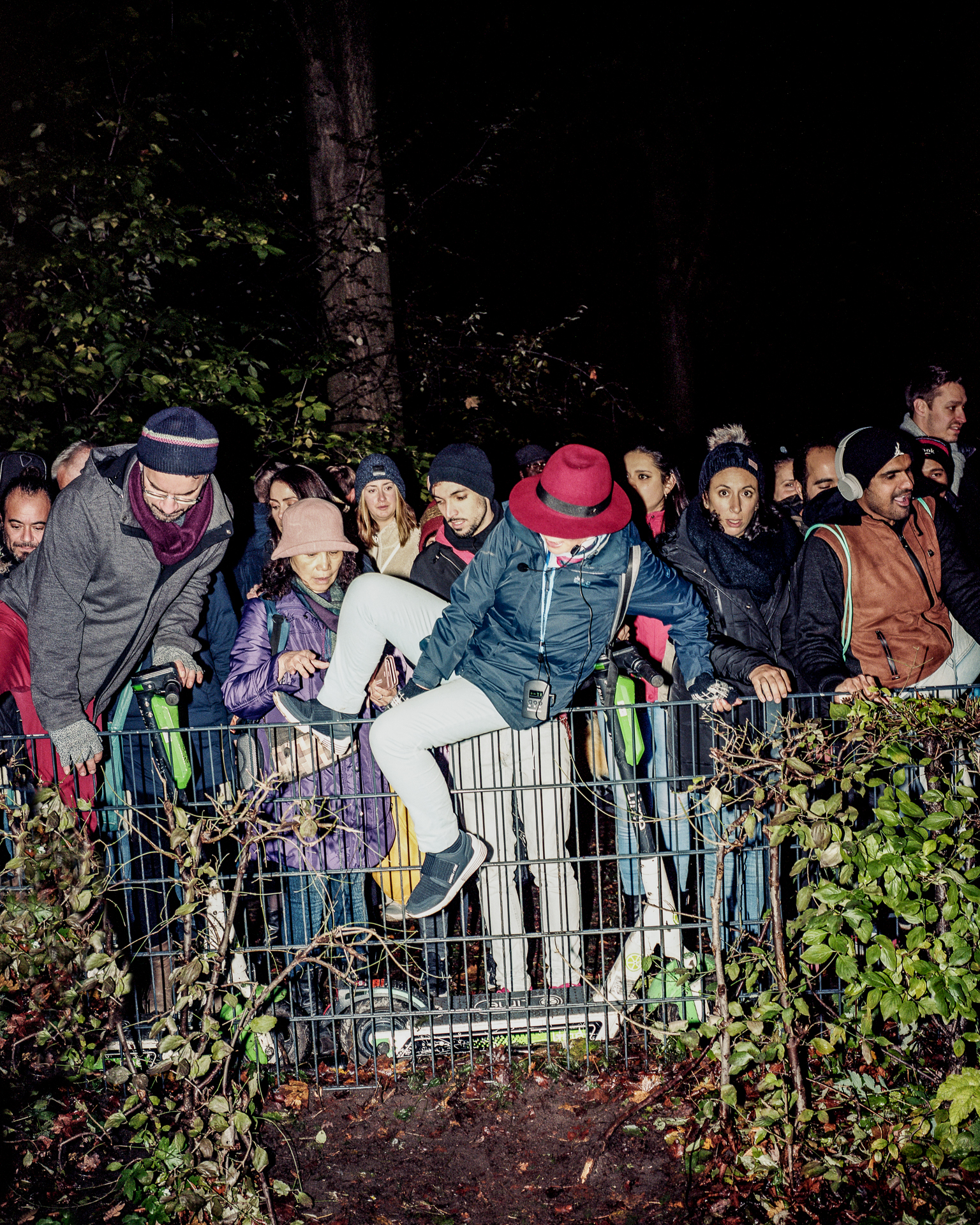
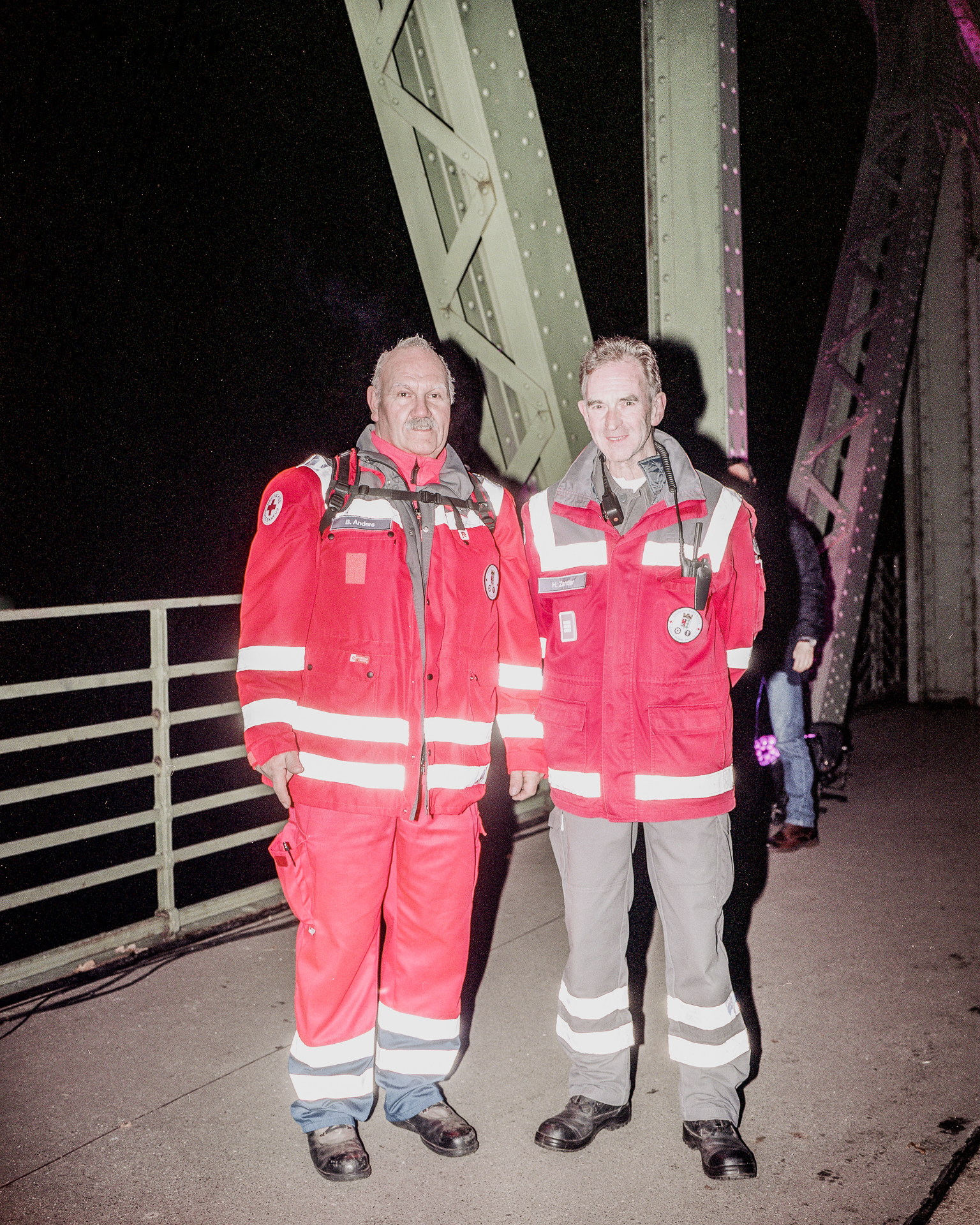
We both were here at this bridge 30 years ago as well, also on paramedic duty, but we were on different sides of the border that was opening that night.
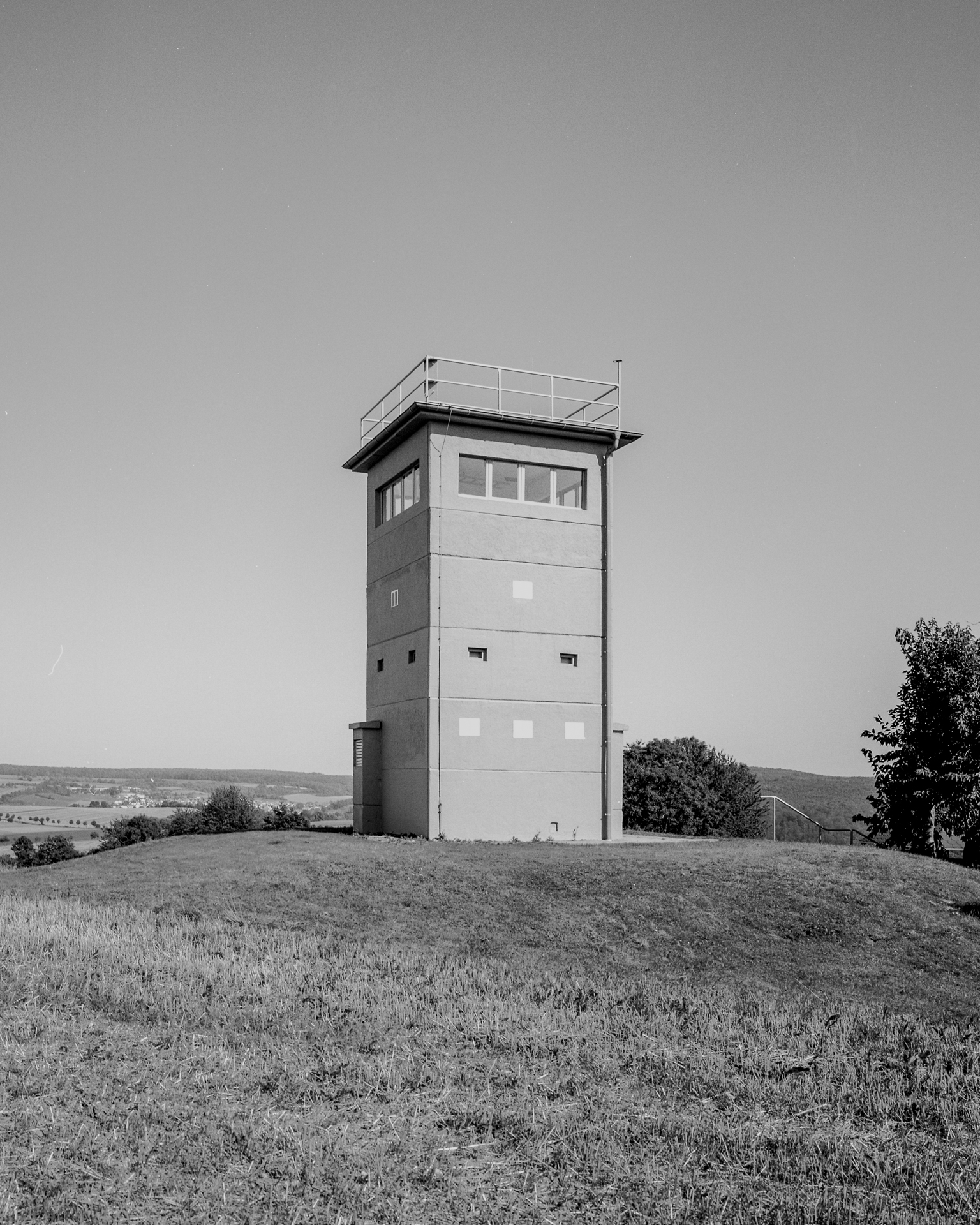
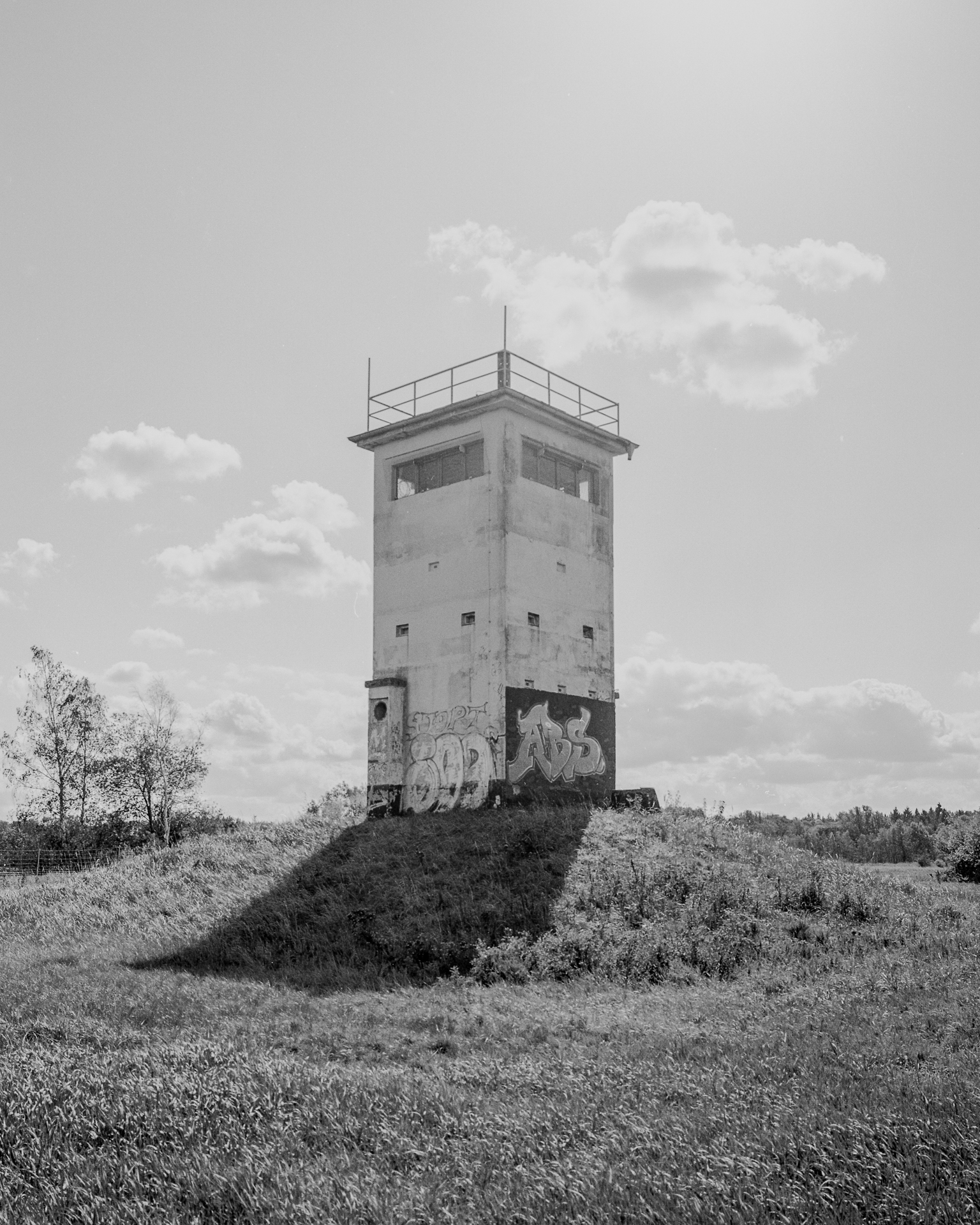






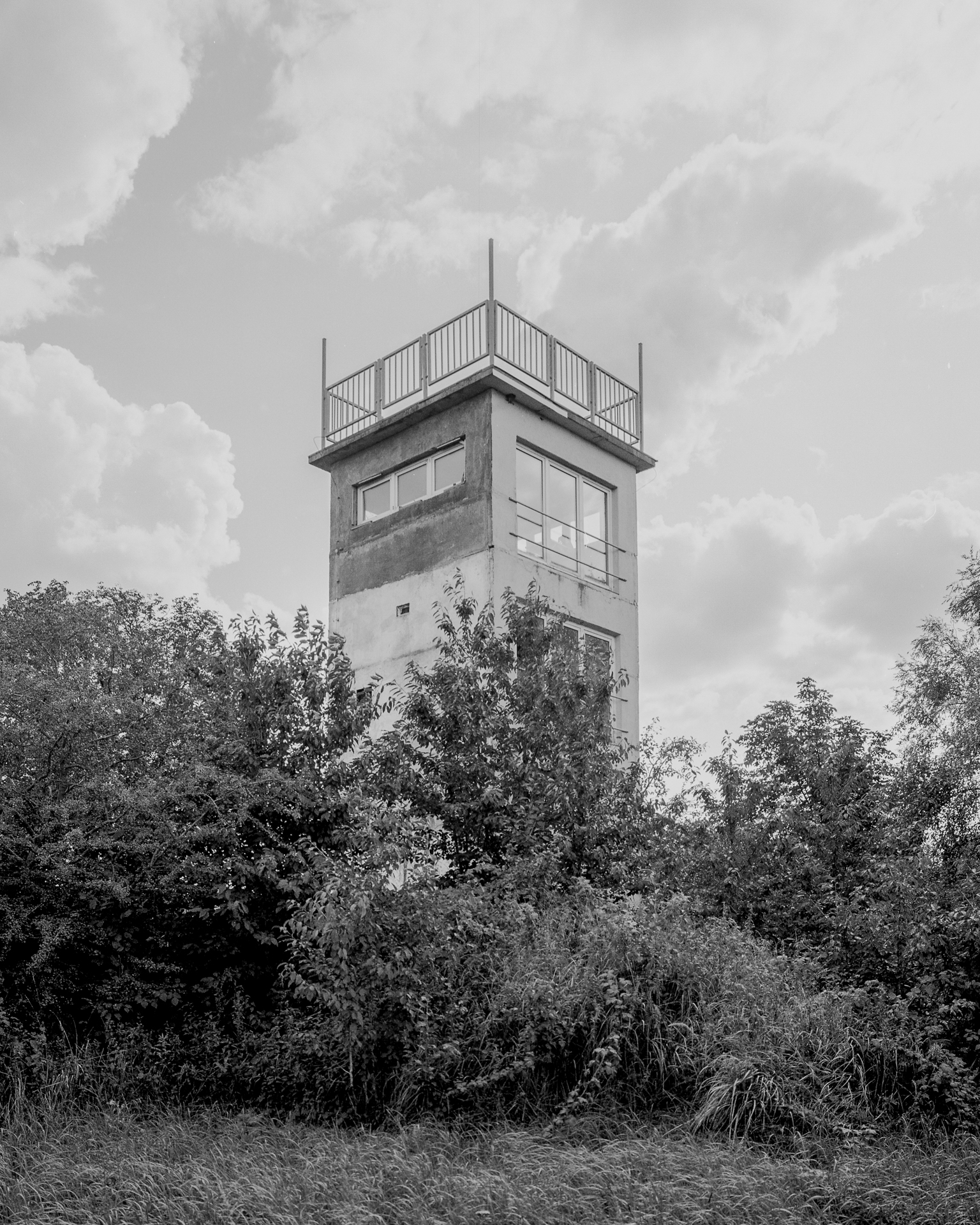

The main purpose of the Hohenschönhausen prison was to force the prisoner to testify, acting mainly under great psychological pressure. The prison was so well hidden that it was discovered several months after reunification.
None of the prisoners really knew they were in Berlin; all transports took place in a way that made it impossible to determine the exact location of the complex.


The Central Refugee Shelter for the state of Mecklenburg-Vorpommern was located in an 11-storey plattenbau apartment complex in Rostock-Lichtenhagen, known as the Sun Flower House. From August 22 to August 24, 1992 violent xenophobic riots took place in Rostock. These were the worst mob attacks against migrants in postwar Germany. Even though stones and petrol bombs were thrown, no one was killed. At the height of the riots, several hundred militant right-wing extremists were involved, and about 3,00 neighbourhood onlookers stood by, applauding them.


The hole Mig21 made when hitting the apartment block was completely repaired after a few days. Seven people died in the crash and subsequent fire, including the pilot of the plane.


White cross, commemorating the death of Heinz-Josef Große – construction worker working on border fortifications in Schifflersgrund, seen from what then was Western Germany. It is not known how many people died on the inner German border, or who they were, as East Germany treated such information as a closely guarded secret. Current unofficial estimates put the figure at up to 1100 people.

